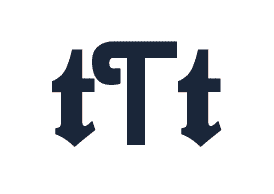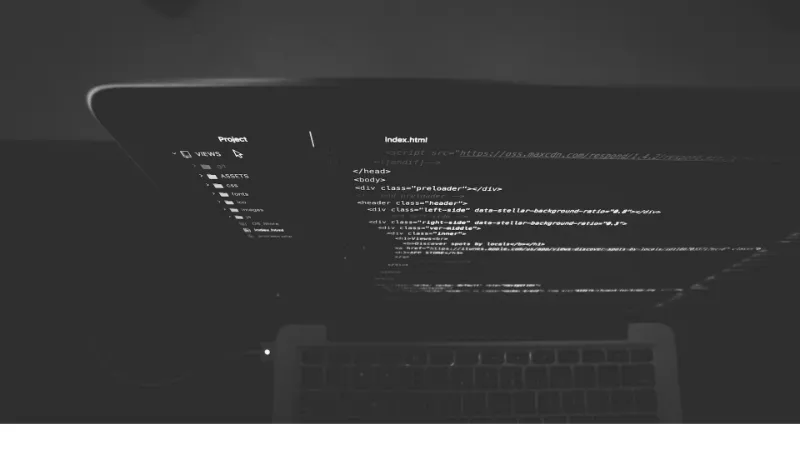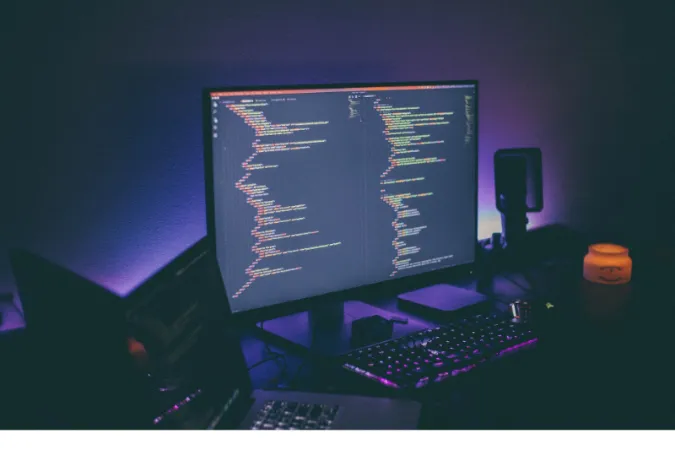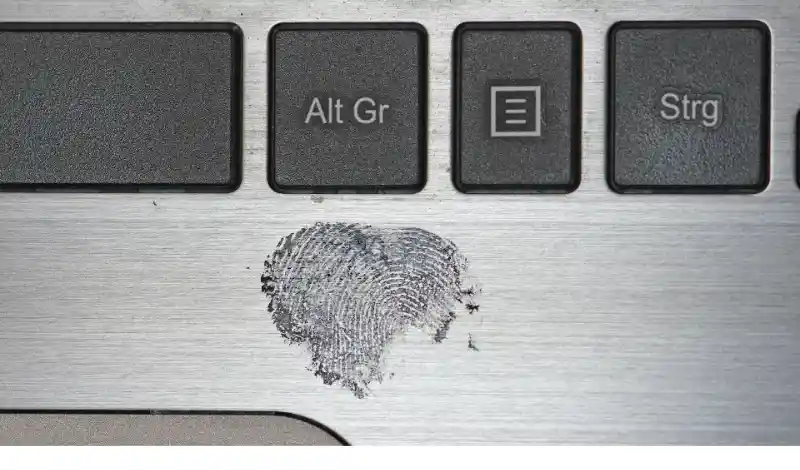Digital forensics is crucial in investigating and prosecuting cybercrime, fraud, and other illegal activities.
As technology advances, the need for specialized digital forensics expertise becomes increasingly important.
Digital forensics is the use of various techniques and tools to collect, analyze, and preserve electronic data so that it can be used in court.
We will discuss the various branches of digital forensics in this blog post and investigate the key characteristics of each main branch.
Whether you’re an aspiring digital forensics professional or simply curious about this fascinating field, this blog post will give you a comprehensive overview of the various branches of digital forensics.
What Are The Main Branches Of Digital Forensics?
Digital forensics is a broad field that encompasses a variety of specialized branches; each focused on investigating specific types of digital devices or data.
Here are the nine (9) different branches of digital forensics;
1. Computer Forensics
Computer forensics is perhaps the most well-known branch of digital forensics. It involves the investigation of computers to recover evidence related to cybercrime, fraud, and other criminal activities.
Computer forensics involves collecting and analyzing data from a computer’s hard drive, memory, and other storage devices.
This data can include deleted files, browsing history, chat logs, and other types of digital artifacts that can provide valuable information about the computer user’s activities.
2. Mobile Device Forensics
Mobile device forensics is another important branch of digital forensics.
It involves the investigation of mobile devices such as smartphones and tablets to recover evidence related to cybercrime, fraud, and other criminal activities.
Mobile device forensics involves collecting and analyzing data from a mobile device’s storage, SIM card, and other components. This data can then be used as evidence in a court of law.
This data can include text messages, call logs, browsing history, and other types of digital artifacts that can provide valuable information about the mobile device user’s activities.
3. Network Forensics
Network forensics involves the investigation of network traffic to uncover evidence related to cybercrime, fraud, and other criminal activities.
Network forensics involves collecting and analyzing data from network devices such as routers, switches, and firewalls. This data can then be used as evidence in a court of law.
This data can include packet captures, network logs, and other types of digital artifacts that can provide valuable information about network activity.
4. Memory forensics
Memory forensics involves the investigation of a computer’s memory to uncover evidence related to cybercrime, fraud, and other criminal activities.
Memory forensics involves collecting and analyzing data from a computer’s RAM, virtual memory, and other components.
This data can include information about running processes, network connections, and other digital artifacts that can provide valuable information about the computer user’s activities.
5. Database Forensics
Databases are used to store a wide range of information, including financial data, medical records, and personal information, making them a prime target for cybercriminals.
Database forensics involves collecting and analyzing data, including transaction logs, database backup files, and other types of digital artifacts that can provide valuable information about database activity.
6. Cloud Forensics
Cloud forensics is a branch of digital forensics that involves the investigation of data stored in cloud computing environments.
Cloud computing has become increasingly popular in recent years due to its scalability, cost-effectiveness, and convenience. However, as more data is stored in the cloud, it has become a prime target for cybercriminals.
Cloud forensics involves collecting and analyzing data from cloud storage, virtual machines, access logs, configuration files, and other types of digital artifacts that can provide valuable information about cloud activity.
7. Internet of Things (IoT) Forensics
As more devices become connected to the internet, the potential for cybercrime and digital forensics investigations related to IoT devices continues to grow.
IoT forensics involves collecting and analyzing data from IoT devices such as smart home devices, wearable technology, and industrial control systems.
This data can include device logs, network traffic, and other types of digital artifacts that can provide valuable information about IoT activity.
8. Drone Forensics
Drones have become increasingly popular in recent years due to their versatility and accessibility, but as their usage has increased, so has the potential for cybercrime and digital forensics investigations related to drones.
Drone forensics involves collecting and analyzing data from drones, such as flight logs, camera footage, and other digital artifacts that can provide valuable information about drone activity.
This data can provide insight into the flight path of the drone, as well as any video or images captured by the drone’s camera.
9. Multimedia Forensics
Multimedia data can include images, videos, audio recordings, and other types of digital media.
Video data can be found in surveillance cameras, social media, and other sources of recorded footage.
Video forensics is often used to determine the authenticity of a video file format for any signs of alteration or manipulation. It can also be used to enhance the quality of a video file, e.g., by reducing shaky or blurry scenes.
Audio data can be found in various sources such as phone recordings, voice mail messages, or video footage with audio.
Audio forensics is mainly used to remove background noises in an audio recording and analyze the audio information.
Conclusion
Digital forensics is critical to investigating and prosecuting cybercrime, fraud, and other criminal activities.
The field of digital forensics encompasses a variety of specialized branches; each focused on investigating specific types of digital devices or data.
Digital forensics professionals must be proficient in using specialized software and hardware tools and knowledgeable about the legal requirements for collecting and presenting electronic evidence.
In addition, they must have strong analytical and problem-solving skills to identify relevant data and piece together a clear picture of what happened.
Whether you’re interested in pursuing a career in digital forensics or simply curious about this fascinating field, it’s clear that digital forensics plays a crucial role in maintaining the security and integrity of our increasingly digital world.









